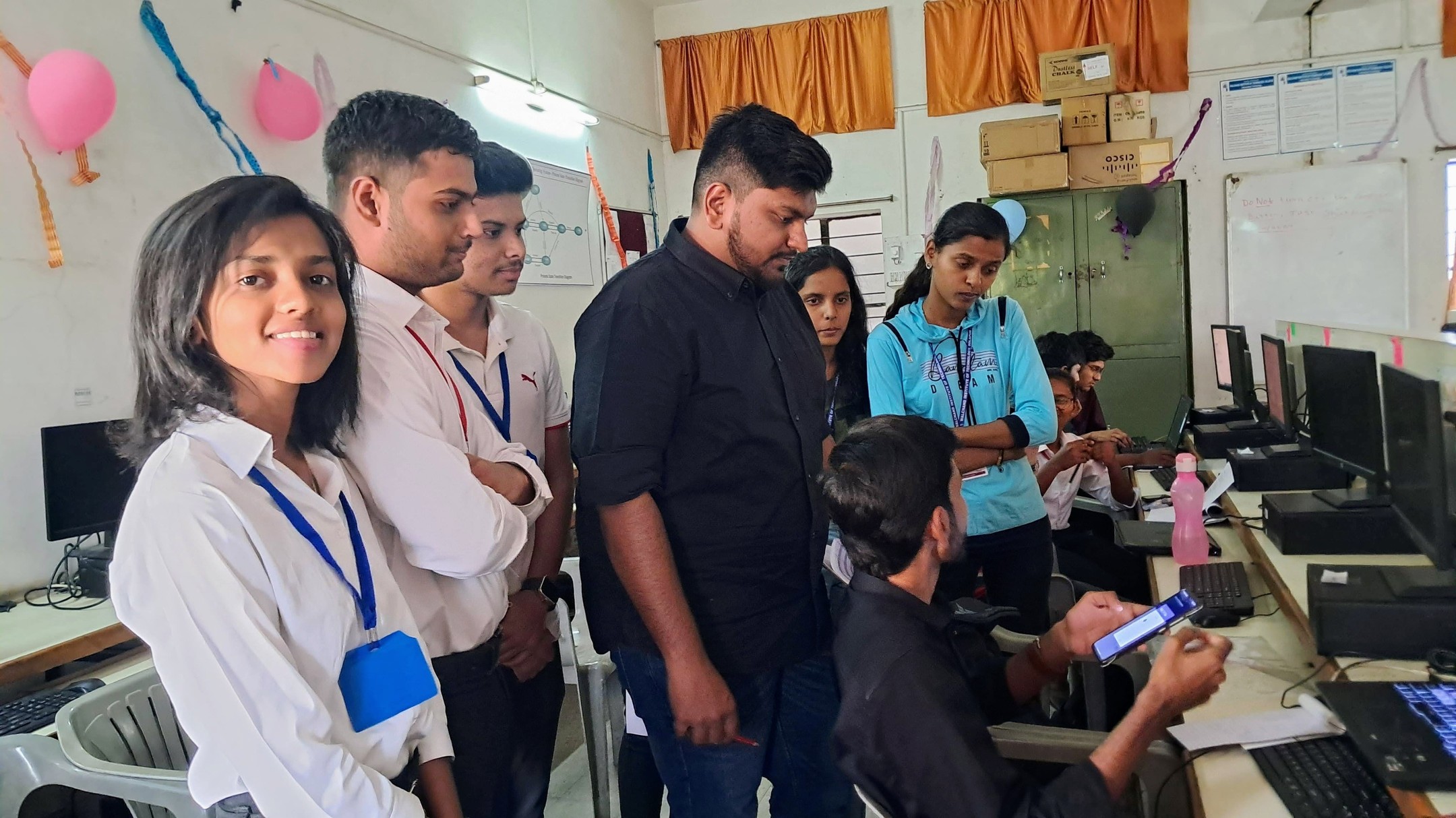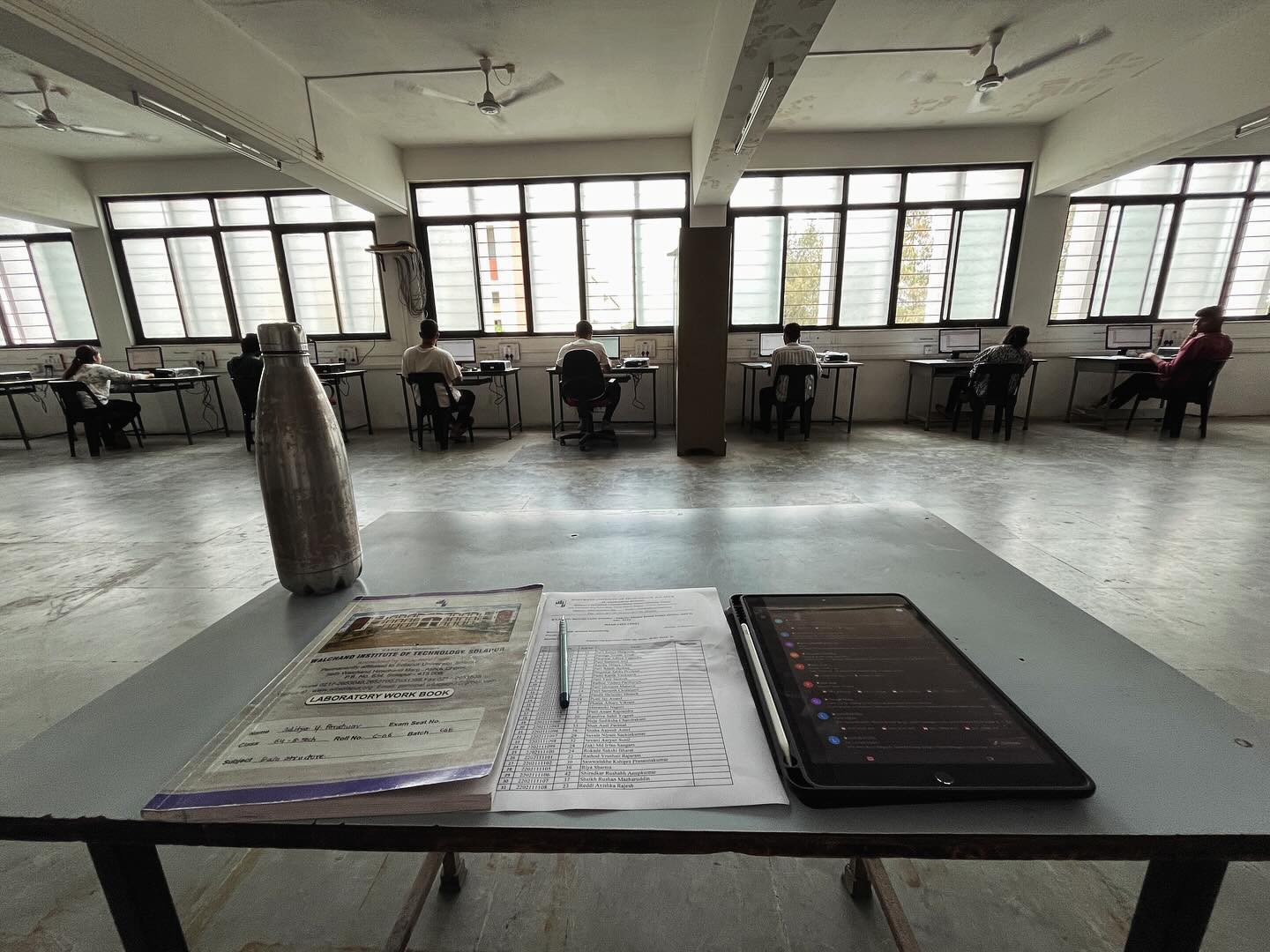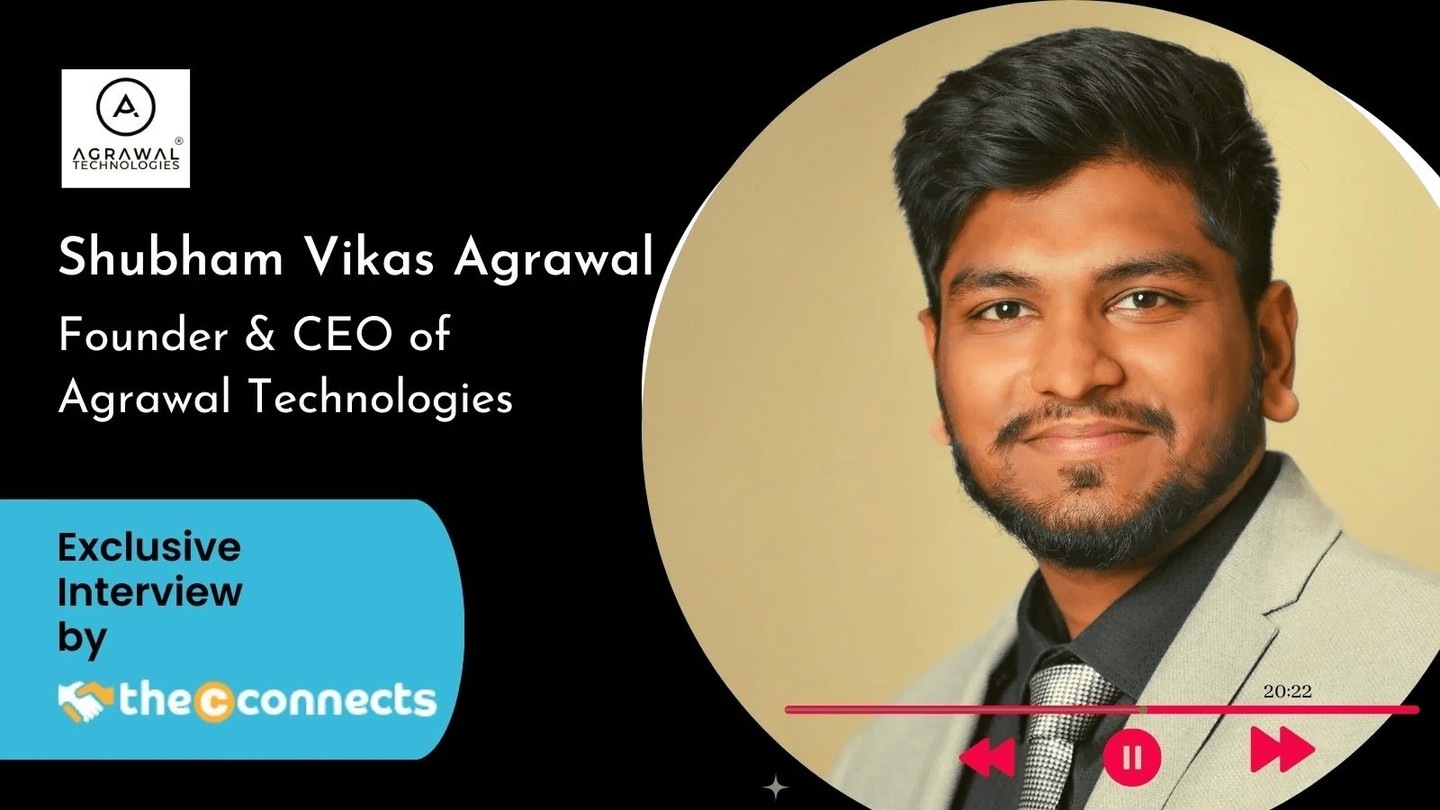agrawaltec
-
As a Judge for Mobile App Development at Walchand Institute…
-
Inaugurated Full Stack Web Development Internship Program at Walchand Institute…
-
From YD in Second Year to being appointed as an…
-
Invited as a Judge for Smart India Hackathon 2023 Final…
-
Sakaal Solapur Office
-
Featured on the TheCconnects Business News Website 😊
-
Invited today as a Judge in Walchand Institute of Technology,…
-
Invited today as a Chief Guest in Hirachand Nemchand College…







